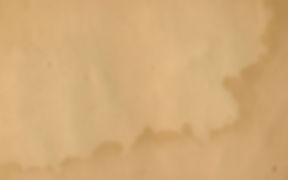The Mother of all vinegars!
Yes, a mother, but not a father is essential for 'growing' fine vinegar in order to set your salad dressing apart from the commercial, and, generally, inferior rubbish one buys that has been produced in less than 24 hours in a factory.
We are talking of the centuries old French process know as The Orleans process or more commonly as the slow process. To do this we need to convert wine to vinegar by extracting the yeast cells from the air to become what we call acetobacters. (A form of bacteria which converts alcohol to vinegar).
The Mother of vinegar is a rather 'gloopy' substance that grows on top of the wine as it obtains yeast cells from the air and converts the alcohol to vinegar. It is called cellulose and we have no idea what connection this has to cellulite! Hopefully none at all! Once you have this cellulose,(Mother), you can use it for time to come to produce superior vinegar.
You need, to start off with, ideally at least, a 5L container with a spigot/tap at the base to draw off the vinegar whilst the Mother floats on top. Do NOT close the bung hole at the top. Air needs to circulate with the yeast cells so cover the hole with muslin to keep insects out and keep it between 15C and 24C. (The warmer, the quicker the process but too high will kill the process). Keep it in a dark area if possible- light is destructive. Despite what one might hear, the better the wine you use, the better the vinegar-trust us. We started with a Nemea 2004 and used the Spanish 'solera' system where we add successive vintages to that base and we are very pleased with our Nemea vinegar. This could possibly take up to three months to convert the wine to vinegar so if you would like to accelerate the process, add some vinegar to the wine which is UNPASTEURISED. (Maybe difficult to find here), or ask someone who has a Mother culture for some which will hasten the process considerably. Keep smelling and sampling your vinegar until you are satisfied. When drawing the vinegar off, filter it through coffee filter paper to avoid getting some of the Mother in and also to prevent it 'growing' in the bottle although it is not harmful- just unsightly and the sediment is something you would rather avoid when dressing your food.
Do not try to make vinegar with any alcohol in excess of 15 degrees alcohol. It will kill the acetobacters that one needs to convert alcohol to vinegar.
Many herbs and fruits are used to flavour vinegar, a favourite being tarragon, for white vinegar and raspberries for red wine vinegar.







